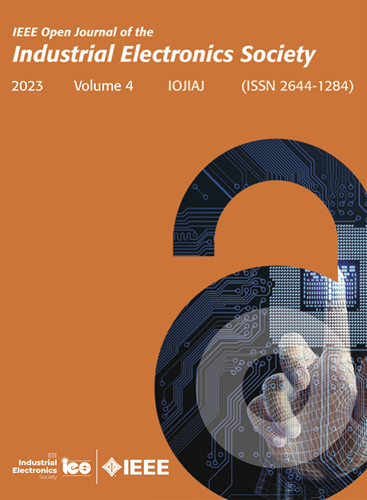环形和尾形拓扑开关磁阻电机驱动的比较研究
IF 7.2
1区 工程技术
Q1 AUTOMATION & CONTROL SYSTEMS
引用次数: 0
摘要
本文探讨了通过与逆变器集成来提高开关磁阻电机(SRM)性能的方法,比较了两种电驱动结构:已建立的环形拓扑结构和新提出的尾部拓扑结构。这些拓扑结构适用于三角连接和星形连接的srm,使用统一的控制策略,保持基本的工作特性,并适应各种逆变器相关的控制策略。该研究采用了梯形电流控制和空间矢量控制(SVPWM)方法,并对其参数进行了详细的推导和比较。通过仿真和实验验证,将这些拓扑结构的控制方案与传统的非对称h桥(AHB)驱动的脉冲电流控制进行了对比。本文还介绍了一种新颖的基于独立中性点电流控制的尾结构电路工作原理。我们的综合分析将这种电路与环形和AHB电路相比较。研究结果表明,传统的AHB电路显示出最高水平的扭矩脉动和噪声,而环形拓扑结构对于最小化功率损耗是最佳的,而尾部拓扑结构有效地减轻了扭矩波动。这些结果为在各种应用中选择最优的srm拓扑提供了理论和经验基础。本文章由计算机程序翻译,如有差异,请以英文原文为准。
Comparative Study of Switched Reluctance Motor Drives With Ring and Tail Topologies
This article explores enhancing switched reluctance motor (SRM) performance through integration with inverters, comparing two electric drive structures: the established ring topology and the newly proposed tail topology. These topologies are tailored to delta-connected and star-connected SRMs using a unified control strategy, maintaining essential operating characteristics and accommodating various inverter-related control strategies. The research applies trapezoidal current control and space vector control (SVPWM) methods, providing a detailed derivation and comparison of their parameters. Control schemes for these topologies are also contrasted with the traditional asymmetric H-bridge (AHB) driven pulse current control through simulations and experimental validations. This article also introduces a novel operating principle for the tail structure circuit based on independent neutral current control. Our comprehensive analysis pits this circuit against the ring and AHB circuits. Findings indicate that the conventional AHB circuit exhibits the highest levels of torque pulsation and noise, while the ring topology is optimal for minimizing power losses, and the tail topology effectively mitigates torque ripples. These results offer a theoretical and empirical foundation for choosing optimal topologies for SRMs in various applications.
求助全文
通过发布文献求助,成功后即可免费获取论文全文。
去求助
来源期刊

IEEE Transactions on Industrial Electronics
工程技术-工程:电子与电气
CiteScore
16.80
自引率
9.10%
发文量
1396
审稿时长
6.3 months
期刊介绍:
Journal Name: IEEE Transactions on Industrial Electronics
Publication Frequency: Monthly
Scope:
The scope of IEEE Transactions on Industrial Electronics encompasses the following areas:
Applications of electronics, controls, and communications in industrial and manufacturing systems and processes.
Power electronics and drive control techniques.
System control and signal processing.
Fault detection and diagnosis.
Power systems.
Instrumentation, measurement, and testing.
Modeling and simulation.
Motion control.
Robotics.
Sensors and actuators.
Implementation of neural networks, fuzzy logic, and artificial intelligence in industrial systems.
Factory automation.
Communication and computer networks.
 求助内容:
求助内容: 应助结果提醒方式:
应助结果提醒方式:


